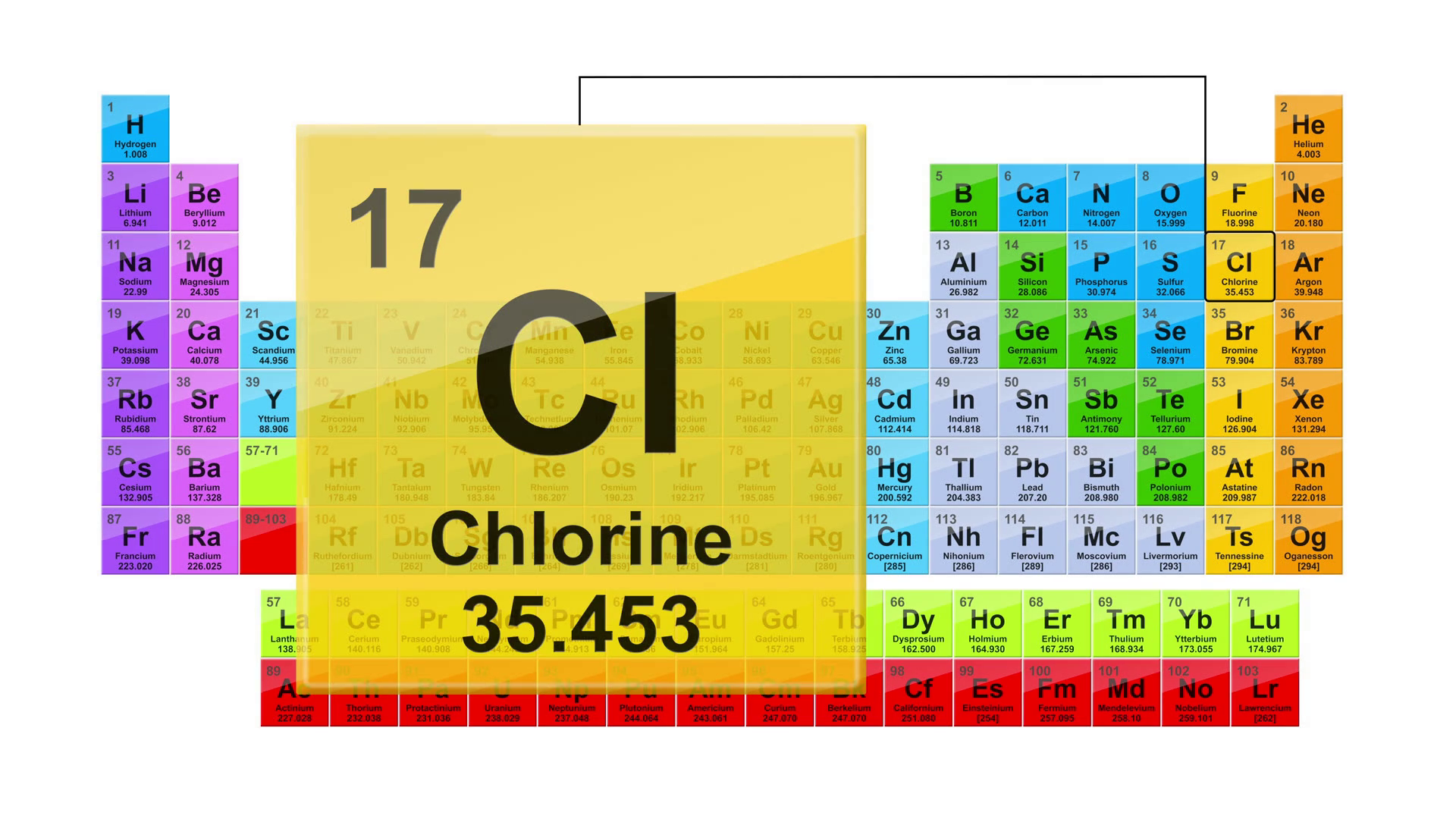Of the many types of chlorine, some readily available and some not so much – 3” or 1” tablets, granular, and liquid, which one might be a good choice for you?
Frustration can quickly set in when you have less than attractive pool water, but your test kit says all is well. While filtration is part of the equation, we’ll focus on a good understanding of chemistry.
What different types of Chlorine are there?
Organic Chlorine
3” and 1” organic chlorine tablets (Tri-chlor Tabs) This product requires an erosion type feeder for best results.
Granular organic chlorine ( Di-chlor granular)
Organic in this case does not mean good necessarily. Organic forms of chlorine have chlorine stabilizer built in to the product. Chlorine stabilizer, otherwise known as Cyanuric Acid, stabilizes chlorine so it is less reactive but resists sunlight. We don’t want our chlorine to be less reactive do we? Less reactive chlorine is lazy chlorine. It may show up oh your test kit, but it is not aggressively sanitizing. When testing for this type of chlorine residual with your test kit, it will show you do have a residual but the water might still look less than attractive. Cyanuric Acid becomes more concentrated as you add more Tri-chlor over time. This could lead to you having to drain and refill the pool to dilute the stabilizer if the chlorine becomes too ineffective. Stabilizer can also affect your pool interior finish because it is low in pH. The reason so may use Tri-chlor is because it is inexpensive.
Inorganic” Chlorine
Granular inorganic chlorine ( Calcium Hypochlorite). not used much anymore because it will cloud the water everytime it is added and it is high in pH.
Liquid inorganic chlorine. (Sodium Hypochlorite). This is the powerhouse chlorine for sanitation and shocking out of organic waste products. (swear, snot, spit, and urine). It too, is high in pH.
Gas chlorine. Between the product being very low in pH, extremely dangerous, and requiring Haz-Mat training, this type is sanitizer is almost gone in the pool industry. It has to be applied by a trained service man. You can not go to a retail store and buy gaseous chlorine.
1” bromine tablets (bromochloro-5, 5 dimethylhydantoin). This is the only primary sanitizer that you can put in pool water and it achieves a pH of 7.5 in water because it is pH neutral. Because it is less soluble in water than Chlorine products, the more surface area of a bromine tablet exposed to the pool water, the higher the residual results on the test kit. The reason you don’t see this as commonly used is because it is more expensive.
All types of chlorine (not bromine) that are not pH neutral will require that you balance the pH after the addition of chlorine. It takes time to add the chlorine and allow it to circulate for a period of time before you can test for pH accurately.
Personally, I want the most powerful sanitizer in my pool so I can enjoy it rather than spend time maintaining it. I choose bromine tablets as my primary form of sanitation, with a liquid chlorine shock added after a large swimmer load. There is no right or wrong answer, just what is right for you. During your design process, discuss sanitation with your designer and figure out what is right for you and your pool.
-Rick Nelson
Design and Sales Consultant
Degree in Chemistry


